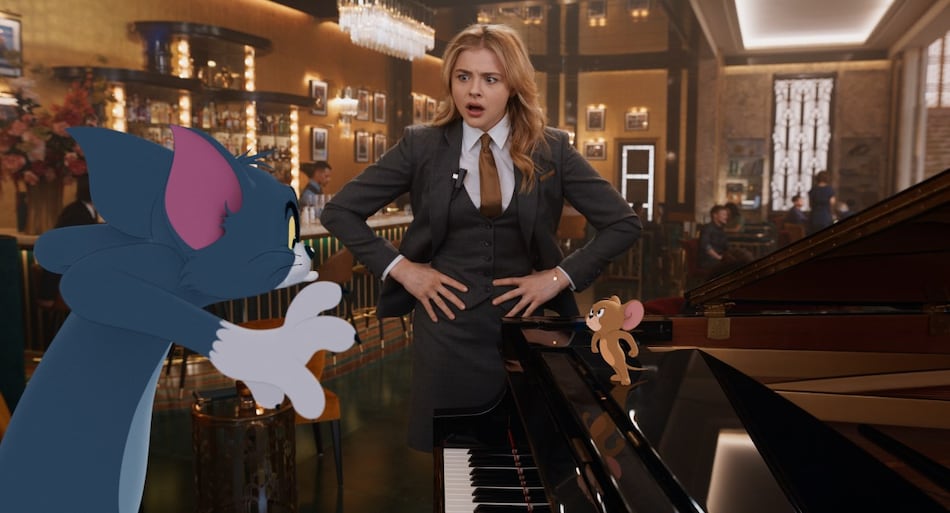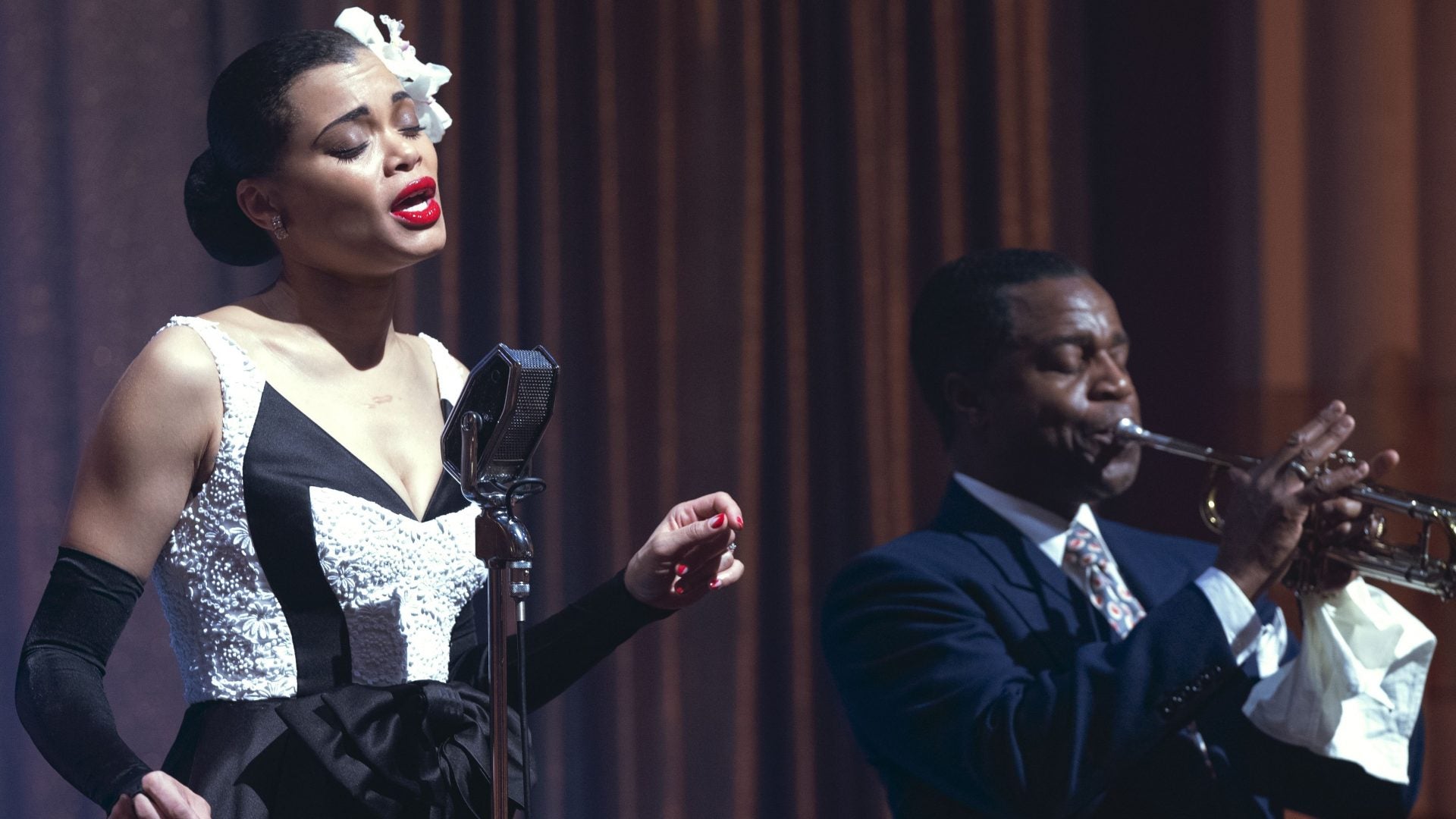The SpongeBob Movie: Sponge on the Run
Posted on March 4, 2021 at 5:35 pm
B| Lowest Recommended Age: | Kindergarten - 3rd Grade |
| MPAA Rating: | Rated PG for rude humor, some thematic elements, and mild language |
| Profanity: | Some schoolyard language |
| Alcohol/ Drugs: | Scene in bar |
| Violence/ Scariness: | Cartoon-style peril and violence zombies, character incinerated, threat of execution, kidnapping |
| Diversity Issues: | None |
| Date Released to Theaters: | March 5, 2021 |
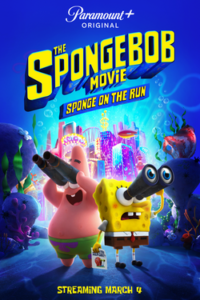
A quick recap. SpongeBob (Tom Kenny) is a Sponge who lives in an underwater community called Bikini Bottom. His best friend is a starfish named Patrick (Bill Fagerbakke). He loves his pet snail, Gary. And he works as a fry cook at a restaurant called the Krusty Krab with a legendary dish called Krabby Patties. Their rival, Sheldon Plankton (Mr. Lawrence) is always trying to steal the recipe, and, as is pointed out in this film, is always foiled by SpongeBob, whose clueless innocence somehow unknowingly thwarts all of Plankton’s nefarious plans. When Plankton’s “robot wife” explains this to him, Plankton decides he has to focus on SpongeBob. And when he sees a flier from Poseidon (Matt Berry) offering a reward for delivery of a snail….Plankton steals Gary. Why does Poseidon want a snail? Because all he cares about is how he looks and he has depleted all of the skin-restoring slime of all the snails he has. (SpongeBob might be silly, very very silly, but some of it is based on life, which is also very very silly at times. Snail slime is indeed used for skin care.) Poseidon’s Chancellor is delightfully voiced by Reggie Watts. And Plankton’s robot Otto is voiced by the equally delightful Awkwafina.
And so SpongeBob and Patrick take to the road to rescue Gary, and they meet all kinds of interesting and surprising and hilariously and perfectly cast creatures along the way, including a wise, if Delphic, talking tumbleweed named Sage (Keanu Reeves) and dancing zombies led by El Diablo himself (Danny Trejo). We get a flashback to the childhood days of the characters when they first met at camp (this is a teaser for an upcoming new spin-off series). And we get to see SpongeBob and Patrick squabble, make up, and get happily sidetracked in the Lost City of Atlantic City. The quips, from goofy to (comparatively) sophisticated keep coming, it’s all very colorful, and did I mention Keanu?
Parents should know that this movie has cartoon-style peril and humor, though some love action zombies and the incineration of a character might be too much for very young or very sensitive viewers. There is some schoolyard language and a threat of execution.
Family discussion: What was Sage’s most important advice? Why did Patrick and SpongeBob get distracted? If you had a bravery coin, what would you do with it?
If you like this, try: the SpongeBob television series, games, comic books, and other movies

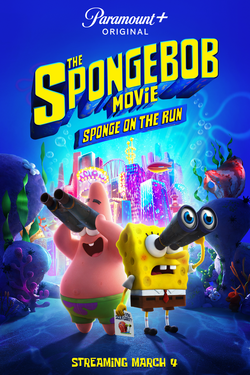
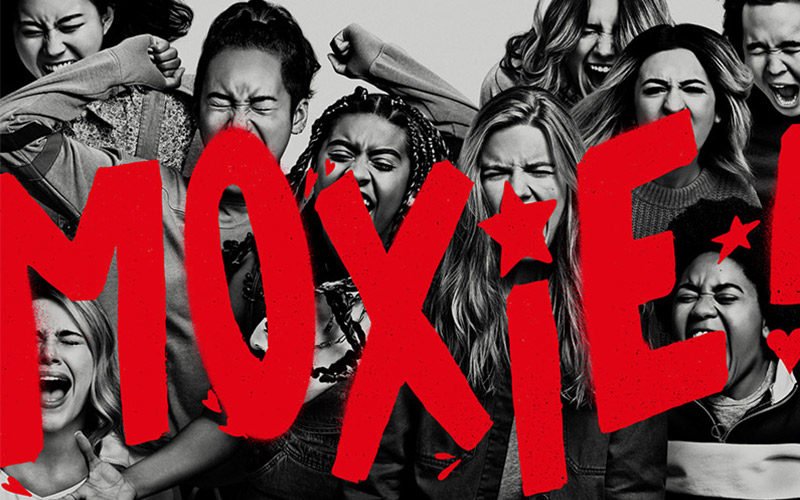


 “Raya and the Last Dragon” is a gorgeously animated fairy tale with thrilling action, irresistible characters, a heartwarming message, and Disney’s magic touch to lift the hearts of all ages. It has the scope and grandeur of a
“Raya and the Last Dragon” is a gorgeously animated fairy tale with thrilling action, irresistible characters, a heartwarming message, and Disney’s magic touch to lift the hearts of all ages. It has the scope and grandeur of a 